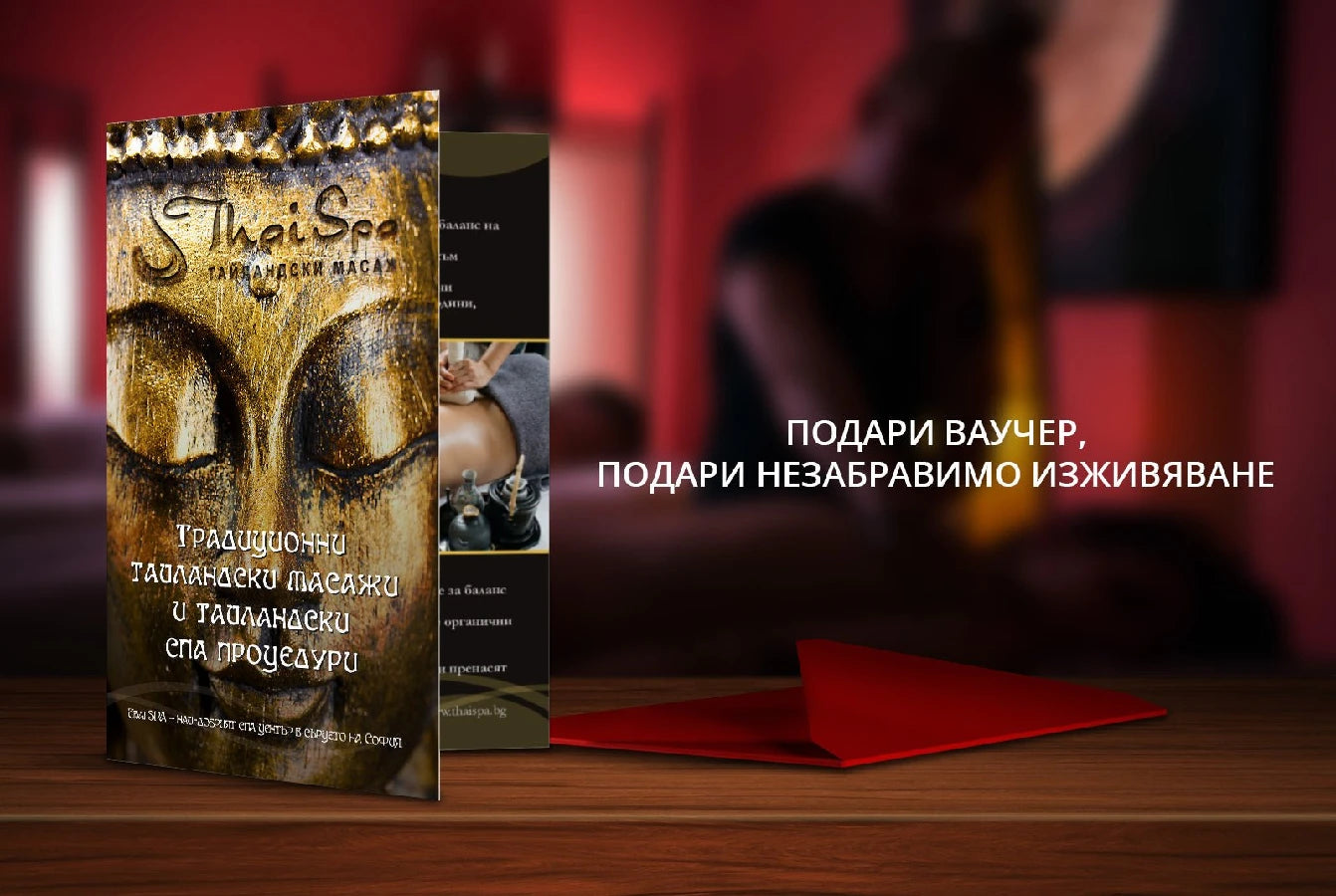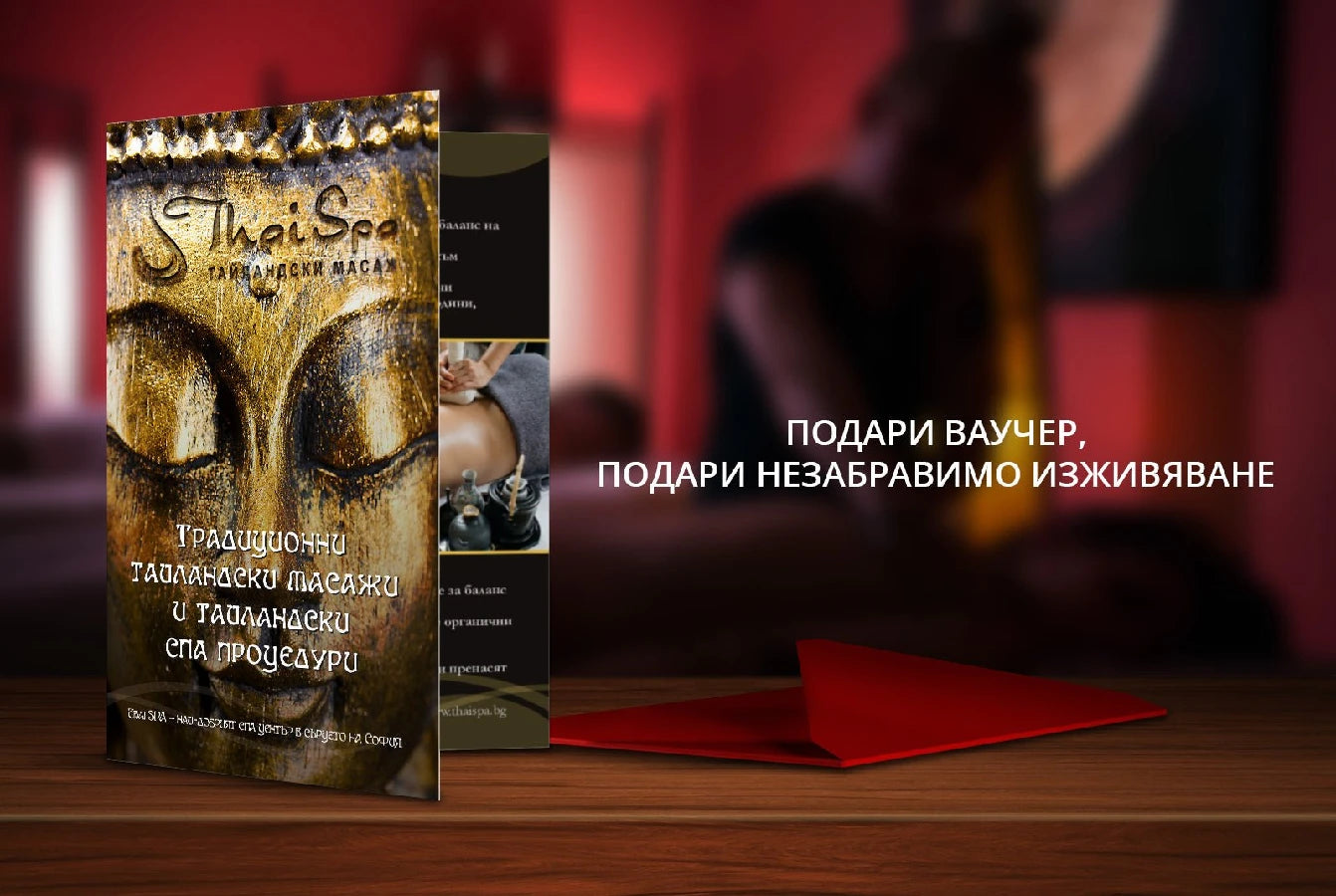Plexitis is a disease that can cause intense pain and discomfort in the shoulders and arms. The choice between heat and cold therapy depends on the specific symptoms and stage of the disease. It is important to approach with individual assessment and specialist consultation to ensure the most appropriate and safe treatment.
Main conclusions
- Plexitis can cause severe pain and inflammation in the shoulders.
- Heat therapy can relieve pain, but is not appropriate for fresh injuries.
- Cold therapy helps reduce inflammation, but can worsen symptoms such as stiffness.
- An individual assessment by a specialist is critical to choosing an appropriate treatment method.
- The application of inappropriate therapy can lead to worsening of the condition.
Understanding Plexit

Causes of occurrence
Plexitis can be caused by a variety of factors, such as spikes, trauma, a cold, or a viral infection. Tumors in the lungs can also be the cause of the development of this disease.
Symptoms and recognition
The main symptom of plexitis is pain , which can affect the whole hand, including the fingers. It is important to recognize pain as a symptom of plexitis in order to take timely measures.
Long term effects
Plexitis can lead to long-term health effects, such as chronic pain and limited mobility. It is important to know that timely treatment can significantly reduce the risk of these complications.
Methods of treatment of plexitis

Traditional approaches
Traditional methods of treating plexitis include physical therapy , medication, and the use of ointments and plasters to relieve pain. Therapeutic massages and reflexology are also often used to help reduce symptoms and improve mobility.
Alternative therapies
Alternative therapies include the use of magnesium oil or gel, biomagnetic pillows, as well as various types of relaxation treatments such as mud baths and magnetic therapy. These methods can offer relief without the use of traditional medications.
Consultation with a specialist
It is important to consult a specialist before starting any treatment. The specialist will be able to assess your condition and suggest the most suitable method of treatment, taking into account the individual characteristics of your health condition.
Heat therapy for plexitis

Benefits of heat
Heat therapy can significantly relieve the pain of plexitis by increasing blood circulation and relaxing the muscles in the affected area. The use of heat compresses or heating pads can be particularly helpful in cases of chronic plexitis.
When the heat is right
Heat is particularly effective in chronic conditions where persistent pain requires regular relief. However, it is important to consult a doctor before applying heat therapy to avoid possible complications.
Risks of heat therapy
Applying too high a temperature may cause burns or other skin damage. Always use heat sources that are safe and controlled, and follow the guidelines for duration and intensity of therapy.
Cold therapy for plexitis

Benefits of the cold
Cold compresses can be extremely effective in relieving acute pain and reducing inflammation. They also help limit swelling after trauma.
When the cold is right
Cold therapy is especially recommended in the first 24 to 48 hours after the onset of plexitis symptoms. The use of cold compresses can be very helpful in sudden inflammatory processes.
Risks of cold therapy
Despite its benefits, cold therapy may not be suitable for all patients. Some may experience an increase in pain or discomfort when cold is applied. It is important to consult a specialist before applying this method.
Individual approach to treatment

The importance of individual assessment
It is important to understand that each patient requires a unique approach to the treatment of plexitis. Consideration of individual needs and circumstances is key to successful recovery. Doctors must evaluate all aspects of a patient's health to determine the most appropriate treatment methods.
Examples from practice
Practice shows that different treatment methods can vary significantly between individual patients. For example, while one patient may benefit from therapeutic massages and ultrasound, another may find relief through magnetic therapy or mud baths. This emphasizes the need for individually tailored therapy .
How to choose between hot and cold
The choice between heat and cold therapy should be based on the patient's specific symptoms and preferences. It is important to conduct a trial period where the patient can try both therapies to determine which is more effective for their condition. This helps to optimize the healing process and achieve better results in the long term.
Practical advice to relieve symptoms

Homemade recipes
To relieve plexitis pain, try homemade heat or cold compresses . They can be extremely effective and easy to apply. For example, a heating pad can be stuck to the painful area and left on for up to 8 hours.
Exercises and activities
Regular light exercise can help maintain mobility and relieve symptoms of plexitis. Examples include light yoga or stretching, which improve circulation and reduce muscle tension.
Lifestyle changes
For long-term symptom relief, it is important to pay attention to lifestyle. Maintaining a healthy diet and avoiding stress are key to improving overall health and reducing recurrences of plexitis.
When to avoid hot and cold

Specific cases
In some situations, applying heat or cold can make the condition worse. For example, heat can significantly worsen inflammation in recent trauma. Cold, on the other hand, can exacerbate stiffness and increase pain, especially if applied inappropriately.
Possible complications
The use of heat or cold should be done with care, as improper application can lead to complications. Excessive and unwanted heating or cooling can be perceived by the brain as a threat, leading to an increase in the pain signal.
Safety tips
If inflammation is high, such as with a recent injury, avoid heat. It opens blood vessels and increases blood flow, which can be contraindicated. Always consult a specialist before applying heat or cold therapy to avoid possible complications.
Find out when it's appropriate to avoid heat and cold, and how it affects your health. For more information and advice, visit our website and view our specialist articles and procedures. Be sure to check out our selection of Thai spa treatments that will help you feel better and refreshed.
Conclusion
In conclusion, in the treatment of plexitis it is important to consider the individual characteristics of each patient. The choice between a warm and a cold compress should be made carefully, consulting a specialist. While both methods can offer relief, they can also worsen symptoms if used incorrectly. Therefore, it is essential to follow medical advice and choose the most appropriate treatment method to improve patients' quality of life.
Frequently Asked Questions
What is plexitis and what are the main symptoms?
Plexitis is a condition that causes excruciating pain in the shoulder area, often as a result of a pinched or inflamed nerve. Symptoms include pain that may affect the entire arm and discomfort with movement.
When should we use a warm compress to treat plexitis?
A warm compress is suitable for relieving chronic pain and inflammation, but should not be applied to recent injuries, as it may worsen the inflammation.
When is cold therapy appropriate for plexitis?
Cold therapy can be helpful in reducing acute pain and inflammation. However, it can worsen symptoms such as stiffness if not administered correctly.
What are the risks of excessive application of heat or cold?
Excessive application of heat can increase inflammation, while cold can worsen stiffness and increase pain if it is uncomfortable for the patient.
How do I know if my plexitis requires professional help?
It is always advisable to consult a specialist for persistent or distressing symptoms, as plexitis can have various causes and require specific treatment.
Are there home remedies for plexitis symptoms?
Yes, some home remedies such as gentle movement exercises, warm showers, or applying apple cider vinegar and baking soda compresses can help, but it is important to use them in conjunction with medical supervision.





